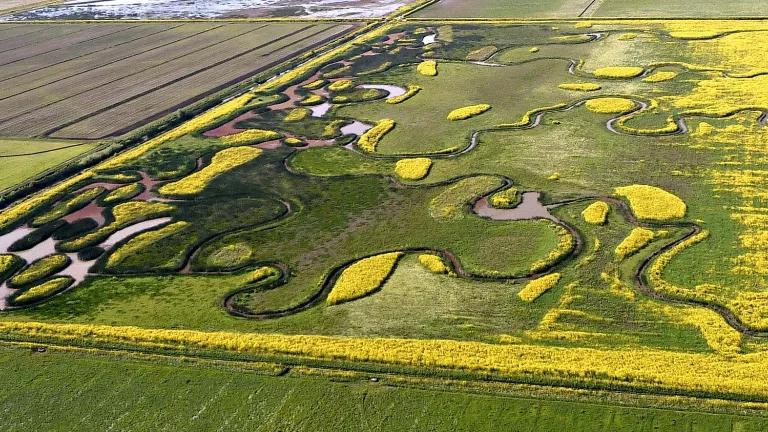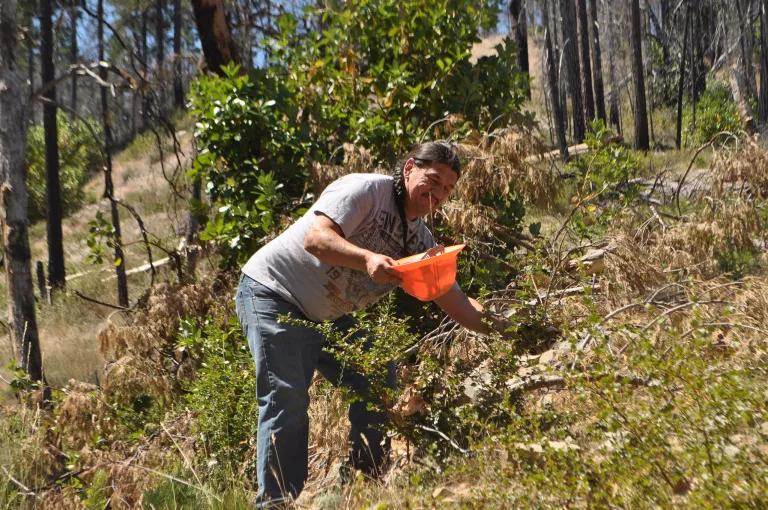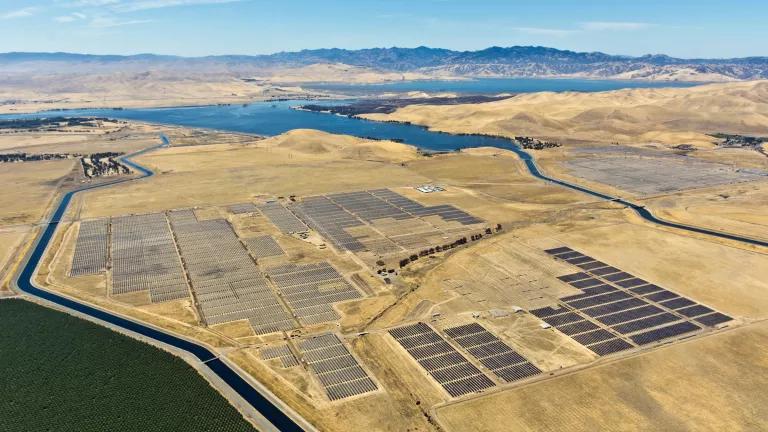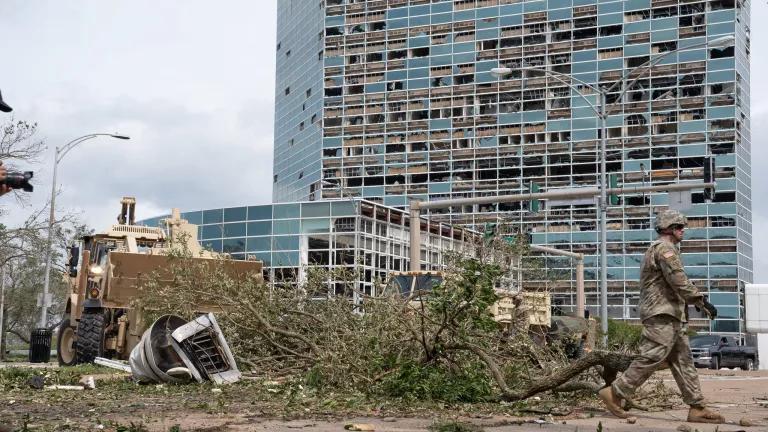Systems Based Ag Solutions Required for Systemic Ag Problems
Now is the time for reimagining what our natural and working lands, and broader food and agricultural economy, looks like.

Created Wetlands from Previously Planted Agricultural Fields
Earlier this month, Governor Newsom released his Executive Order (EO) on nature-based solutions to climate change and protecting biodiversity. Thankfully, the structure of the EO points to the “all-hands-on-deck” approach needed to tackle the systemic challenge of protecting California’s biodiversity and climate-resiliency in our food system. While we appreciate science-centered goal setting, we want to make sure the Administration does not use the EO as an excuse to defer immediate systems-oriented action. Additionally, while the Governor asks agencies to use “existing authorities and resources” to fulfill the requirements of the EO, agencies MUST think outside of the box in its recommendations.
Science already shows us that agriculture can and must be a part of a climate solution. California has listened to the science by investing in programs like the Healthy Soils Initiative, the Biologically Integrated Farming Systems Program, Sustainable Lands Conservation Program, and the State Water Efficiency and Enhancement Program. These programs incentivize farmers, ranchers, and private landowners to adopt agricultural practices that reduce greenhouse gas emissions. Beyond the programs, regenerative and organic farming practices like cover cropping, continuous cover, planting diverse species, no-till, and a reintegration of animals into croplands sequester carbon, increase water retention and infiltration, reduce the use of chemical inputs, increase pollinator habitats, and save farmers and ranchers money. These practices are a way of farming in harmony with nature that helps restore and regenerate ecosystems. Incentivizing these practices is only the first step towards transformative, systemic agricultural change.
For millennia, Indigenous communities have shown us that farming in nature’s image and managing natural and working lands holistically, works. Their wisdom must guide our understanding of how to use agriculture as a climate mitigation and adaptation strategy while teaching us about the healing power of food and farming (check out the movie Gather to learn more). At a time when our water, climate, public health, and biodiversity crises are colliding, we must lean on Indigenous leaders and build their wisdom into the foundation of future programming.

Karuk Tribe Food Crew Employee Collects Gooseberries
Systems-oriented solutions require a significant shift from the status quo, and we know these conversations will be difficult. It requires looking at improvements within and across the agriculture sector—from farm labor to farm management, from land ownership to supply chains, from market incentives to infrastructure, and from policy to research and development. We look to the Administration and the Legislature to adopt new laws and policies that will enable agencies to go beyond their existing toolbox. Otherwise we risk maintaining business as usual practices rather than solving the urgent problems before us. In other words, the pendulum of economic investment and policy need to swing in a new direction.
To that end, we developed a nifty framework that KEEPS pushing for California to be a leader in environmental stewardship and climate-smart agriculture, including organic farming:
- Knowledge:
- We need Indigenous ecological knowledge to lead our land management activities. Using “traditional ecological knowledge” for baseline assessments of the state’s biodiversity, which the EO calls for, should only be the beginning.
- Education:
- We need to make sure Indigenous models of land management (e.g. regenerative, organic, agroecological) are made accessible to producers – especially socially disadvantaged farmers and ranchers that don’t typically have access to state programs - through extension services, outreach, training, research and development, and university education.
- Equity:
- Primarily Latino and immigrant farmworkers and their communities are at constant risk of exposure to toxic and fossil-fuel-based pesticides. California leads the United States in pesticide use, with over 1.1 billion pounds of these toxic chemicals sold for use in 2018 alone. Far too many workers on conventional farms and the communities that surround them are poisoned by these chemicals, suffering acute and chronic health threats as a result. California needs to shift away from this short-sighted reliance on synthetic inputs (including synthetic fertilizers) in order to protect the people that are the backbone of our thriving agricultural economy. This transition toward organic and regenerative practices will also help the state realize its climate-resiliency goals.
- Power in Decision-Making:
- We need equity and representation in decision-making spaces that connect to food and agriculture —when 70% of California’s ag lands are worked by Latino community, why is it okay that 85% of the people who sit on agricultural county boards are white?
- It is the responsibility of the California Department of Food and Agriculture to ensure that stakeholders are invited to shape what emerges from this EO represent the entirety of California’s incredibly varied farming sector. This means making sure that a diversity of farmers and ranchers are meaningfully represented. And we mean diversity in every sense: vegetable and fruit growers, organic producers, small- and mid-sized growers, growers with diverse cropping systems, women growers, Indigenous growers, farmers and ranchers of color, young agrepreneurs, farming communities whose first language is not English. For far too long, corporate agricultural interests have dominated these spaces, and benefited from their disproportionate power and access.
- Supply Chains:
- We need holistic changes to our agricultural sector—from how food is grown to how it’s distributed, from how we care for our farmworkers to how we create pathways to ownership for historically marginalized growers. Thankfully, improvements and innovations in our supply chain infrastructure can build more stable regional food systems, create jobs for a 21st century green economy and keep dollars spent recirculating in California’s economy.
Leah Penniman, a prominent Black agricultural leader who helps run Soul Fire Farm in New York, shared this sentiment with us recently:
“Of course you’re sick. You treat the Earth like a commodity, not like a relative.”
Now is the time for reimagining what our natural and working lands, and broader food and agricultural economy, looks like. We at NRDC will continue pushing against the status quo and advocating for holistic changes to our agricultural system—for people, public health, and the planet.



